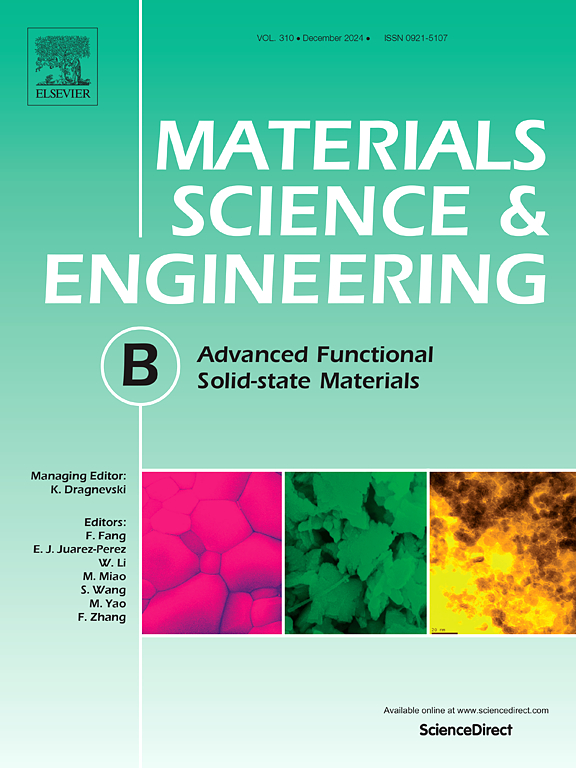Fabrication and characterization of hydroxyapatite substituted with Mg2+, Sr2+, and ampicillin for bone and antibacterial applications
IF 3.9
3区 材料科学
Q2 MATERIALS SCIENCE, MULTIDISCIPLINARY
引用次数: 0
Abstract
Hydroxyapatite (Ca10(PO4)6(OH)2) is the main mineral component of human bone and teeth. The present study highlights the development of a nano-hydroxyapatite (HAp@Mg/Sr/Amp) loaded with metal ions composite by employing the sol–gel method. The preliminary characterization of nanomaterials was accompanied using X-ray diffraction (XRD) and fourier transform infrared (FT-IR) spectroscopy, scanning electron microscopy (SEM), energy-dispersive X-ray spectroscopy (EDX) and thermo-gravimetric analysis (TGA) confirmed the presence of essential elements and other properties. Anticancer study reveals that the synthesized nano-composite possesses significant cytotoxicity, apoptotic and cell migration inhibition properties against MG-63 cell. The nanomaterial exhibited significant antibacterial activity against all tested pathogens Escherichia coli (E. coli), Staphylococcus aureus (S. aureus), Enterococcus faecalis (E. faecalis) and Pseudomonas aeruginosa (P. aeruginosa) particularly at higher concentration compared with standard drug. Overall, the synthesized nanomaterial has potential applications in the field of orthopedic, by kill the bone cancer cells with nontoxic to normal cells and anti-microbial properties.
求助全文
约1分钟内获得全文
求助全文
来源期刊

Materials Science and Engineering: B
工程技术-材料科学:综合
CiteScore
5.60
自引率
2.80%
发文量
481
审稿时长
3.5 months
期刊介绍:
The journal provides an international medium for the publication of theoretical and experimental studies and reviews related to the electronic, electrochemical, ionic, magnetic, optical, and biosensing properties of solid state materials in bulk, thin film and particulate forms. Papers dealing with synthesis, processing, characterization, structure, physical properties and computational aspects of nano-crystalline, crystalline, amorphous and glassy forms of ceramics, semiconductors, layered insertion compounds, low-dimensional compounds and systems, fast-ion conductors, polymers and dielectrics are viewed as suitable for publication. Articles focused on nano-structured aspects of these advanced solid-state materials will also be considered suitable.
 求助内容:
求助内容: 应助结果提醒方式:
应助结果提醒方式:


